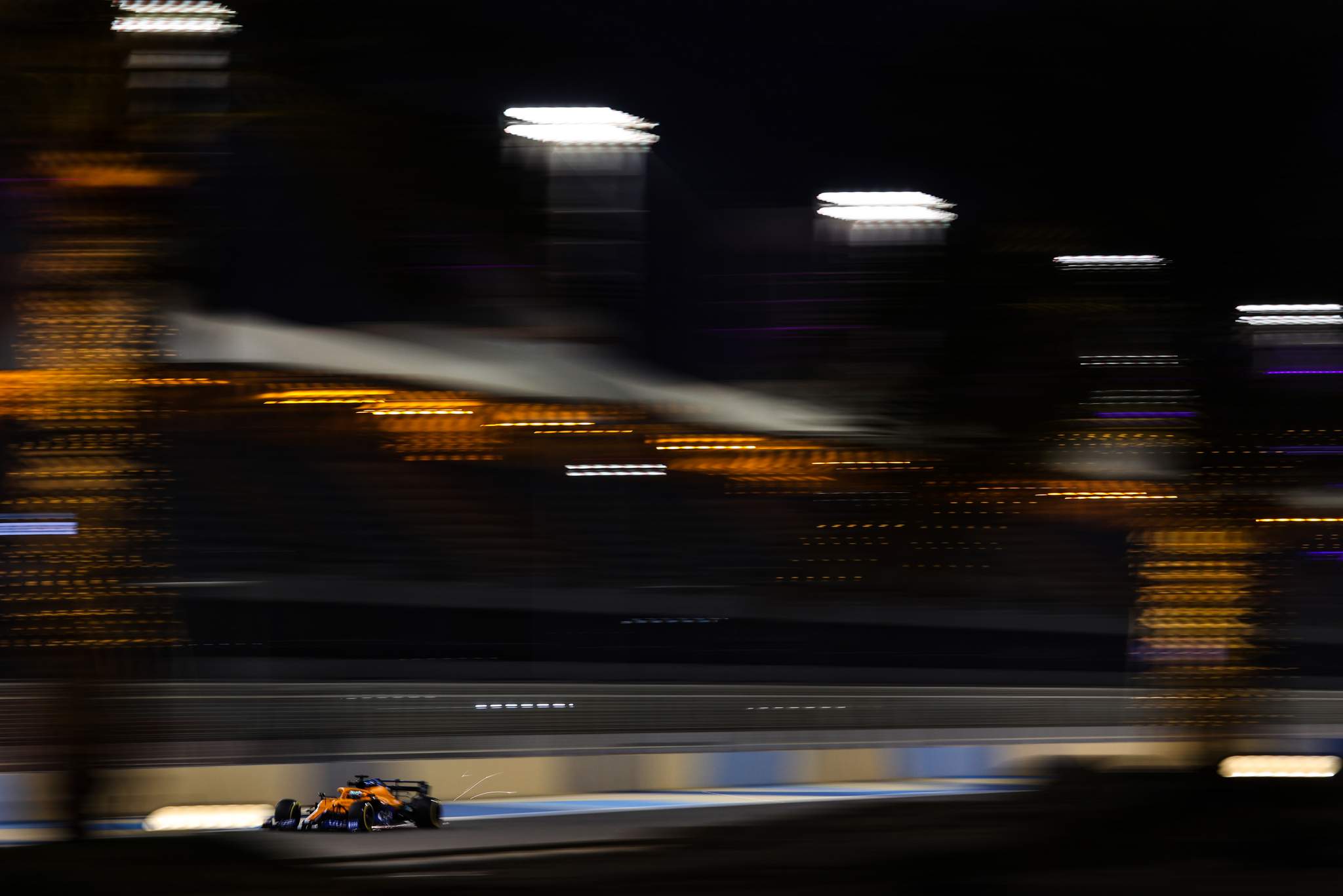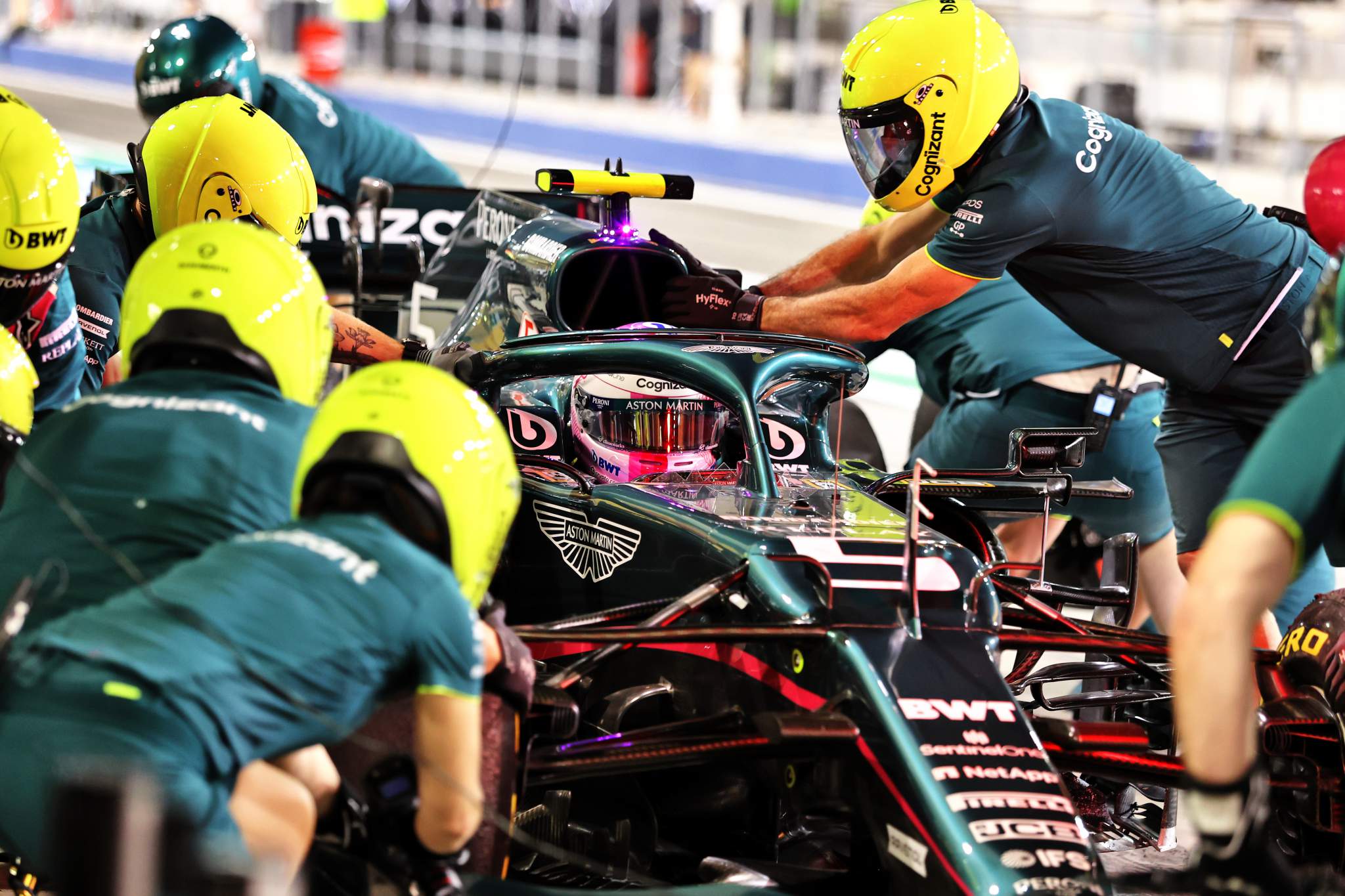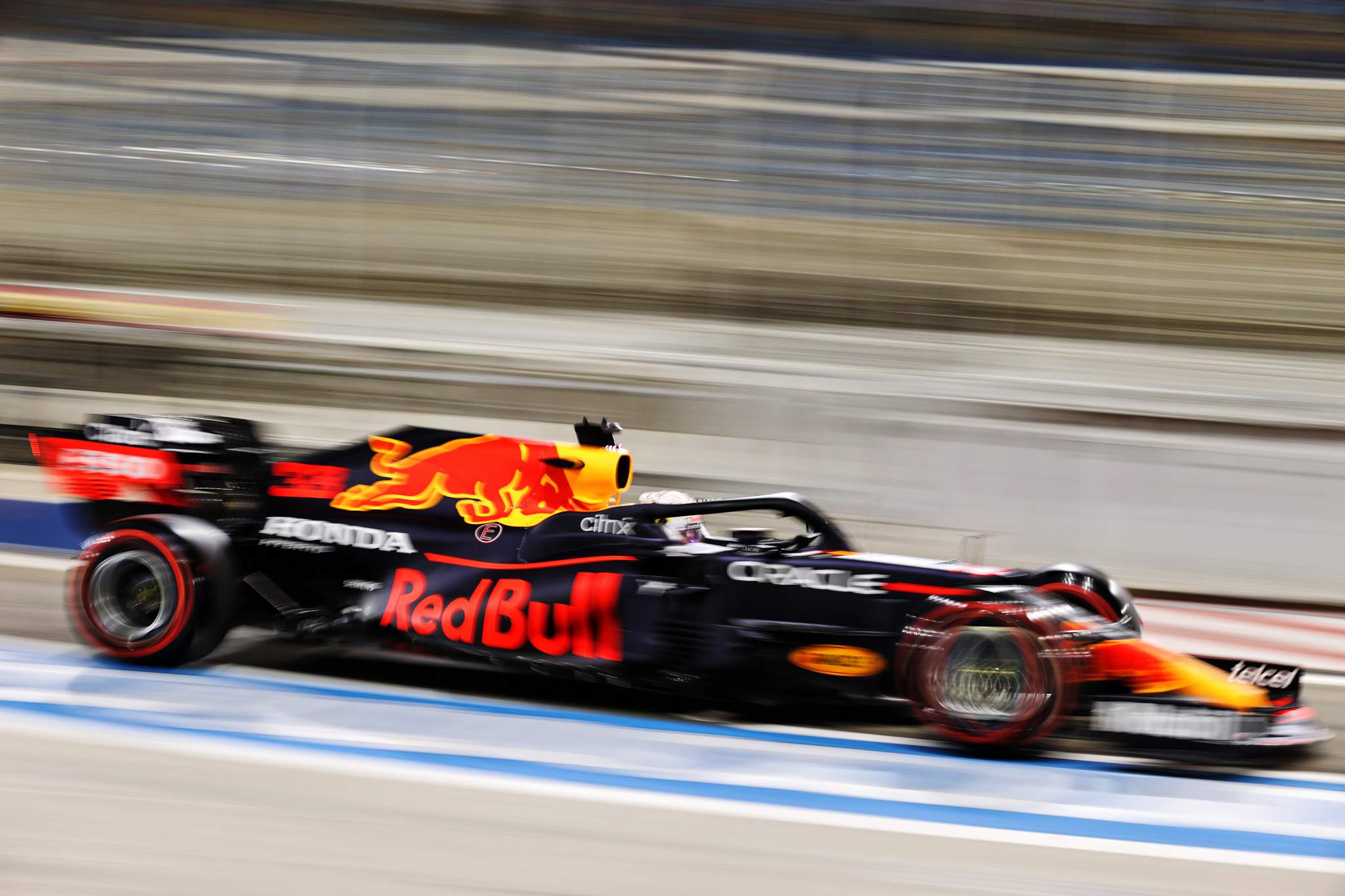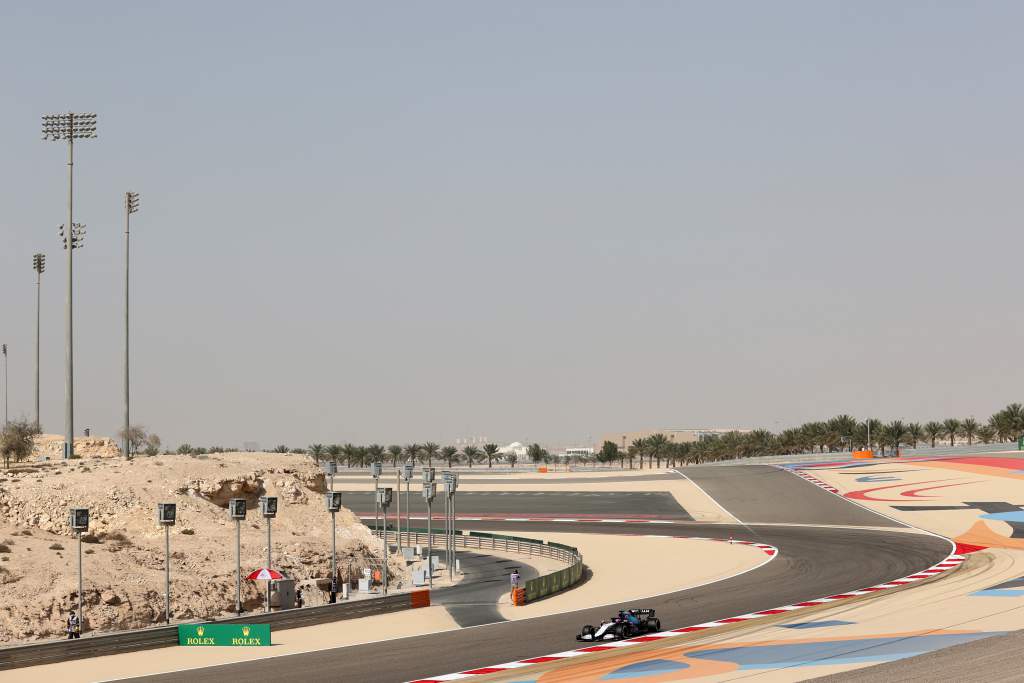Up Next

At this stage of the Formula 1 season, every trip trackside to take a look at the cars on the circuit is an adventure. So early in the competitive lives of the cars, and with each session offering a step in terms of how representative the action is, there’s always new things to pick up on.
Having watched extensively at Turn 11 during the final day of pre-season testing, a visit to the same spot during FP1 and FP2 offered the chance to witness this progress and further refine the impressions of the cars.
In the case of Red Bull, little has changed when it comes to watching the RB16B itself. The drivers, in particular Max Verstappen, can turn in with commitment, carry the speed and feed in the power decisively. Sergio Perez, by contrast, is slightly less emphatic but looks comfortable enough.
But despite its poise, the Red Bull doesn’t stand head and shoulders above everything else in quite the same way as it did in testing. Part of that is that there’s certainly more pace to come tomorrow, but the other factor is that every team is getting on top of their car. And some have also made a clear improvement.

That certainly applies to Mercedes.
Immediately in FP1 it was clear that the car was improved on turn-in, even if it came at the expense of mid-corner understeer. As team principal Toto Wolff later confirmed, as part of the re-optimisation of the car, a little front end has been given up for a better balance throughout the corner. But that’s very much the kind of balance required for heavily rear-limited Bahrain.
In FP2, the Mercedes looked stronger again to the point where the difference between it and Red Bull, two weeks ago night and day, was now more subtle. Even the traction in the exit phase was improved compared to in the higher temperatures of the earlier session. But given the RB16B looked very ‘joined-up’ through all phases of the corner, it would still be the car you’d choose based on the eye test. Whether that’s the same come qualifying is a big question, especially as the Mercedes looked good with the assistance of fresh-tyre grip.
The McLaren MCL35M continues to look serene on track, particularly in the hands of Daniel Ricciardo. While Lando Norris was quick he had a few moments where he appeared to overcommit, but overall the McLaren seems well-balanced on turn-in and consistent through the corner, just as it did in testing. If the car is as solidly planted for the drivers as it looks from the outside, which is never a foregone conclusion, then things are looking positive for McLaren, even if the pace relative to the front was perhaps flattering.

Two weeks ago, the AlphaTauri looked to be right up there with McLaren and again seemed very effective and consistent. Yuki Tsunoda again caught the eye, particularly with the way he was able to balance the car on turn in to get just enough rotation without overdoing it. Pierre Gasly is a driver who always looks at his best when he’s confident with the predictability of the rear end on turn-in, and Tsunoda appears cut from the same cloth.
But the biggest step in the midfield appeared to come from Ferrari in terms of the poise of its car. The Ferrari didn’t look bad in testing, it simply wasn’t quite as convincing as others in the midfield but Carlos Sainz in particular looked more confident today than during pre-season. While perhaps not quite as impressive as McLaren and AlphaTauri dynamically, with Charles Leclerc at the wheel on a qualifying lap it should be capable of serious pace.
This brings us to the two midfield teams that were the most difficult to read during testing. First, Alpine, which simply looks less planted than some of its rivals. It doesn’t mean that Fernando Alonso and Esteban Ocon are all over the place, but it might point to a slight downforce shortfall compared to its class rivals. Perhaps with a little refinement of the balance on turn-in, that will all change.

As for Aston Martin, to the eye, it was probably the most improved team. But against that statement is a big asterisk, as while watching on the final afternoon on testing it wasn’t possible to see Sebastian Vettel lapping when the track was at its best. Instead, his car was in the garage with a turbocharger problem. So there was always more room for the AMR21 to impress more.
The car looks perfectly capable of being a decent midfielder but wasn’t quite as convincing as the class leaders. Lance Stroll actually looked slightly more decisive into Turn 11, with Vettel just looking a little light of confidence in the car – something that should come with more mileage.
The Alfa Romeo certainly looks good enough to be at the rear of this midfield pack rather than cast adrift as it was last year. Although Antonio Giovinazzi had a very wide moment after having to catch the rear after an aggressive turn-in, generally the Alfa Romeo looked decent – if a little Alpine-esque in terms of not quite matching the best midfielders with how well planted it was.

Things did look a little better for Williams, despite the lightly breezy conditions of FP1 becoming slightly more vigorous in the afternoon. But while the car looked more precise on track, it did look half-a-step behind even the Alfa Romeo.
But that still puts it well ahead of the Haas. The car doesn’t look like a handful, it just lacks downforce compared to the cars so Mick Schumacher and Nikita Mazepin simply have to live with the grip deficit. On the plus side, Mazepin appears to have more successfully balanced up attacking the entry with the need to get the car rotated for the best possible exit.
While the tightness of the field, in particular the second covering pacesetter Red Bull down to eight-fastest Alfa Romeo, seems too good to be true, it’s clear from witnessing the evolution of the cars that the old adage of there being no such thing as a bad F1 car applies in 2021.

To a greater or lesser degree, they all look decent on track – so it will come down to small differences in terms of behaviour at the limit and on tyre use over race stints that make all the difference.
So far, it’s the perfect set-up for an enthralling season.






